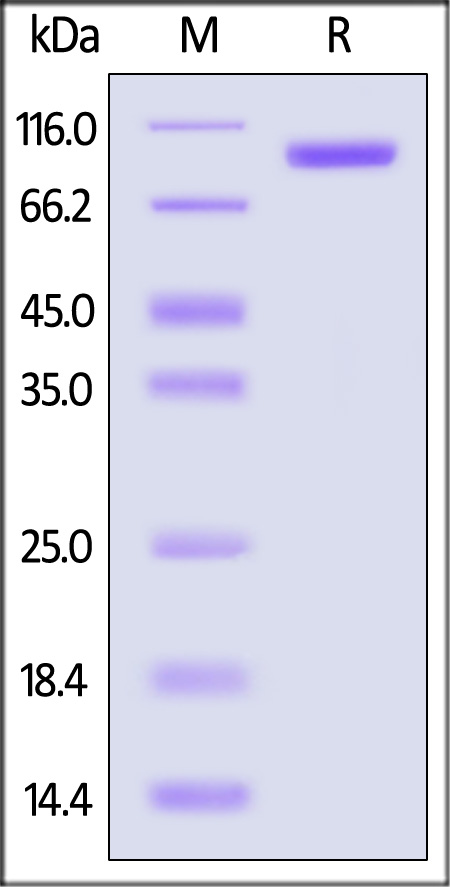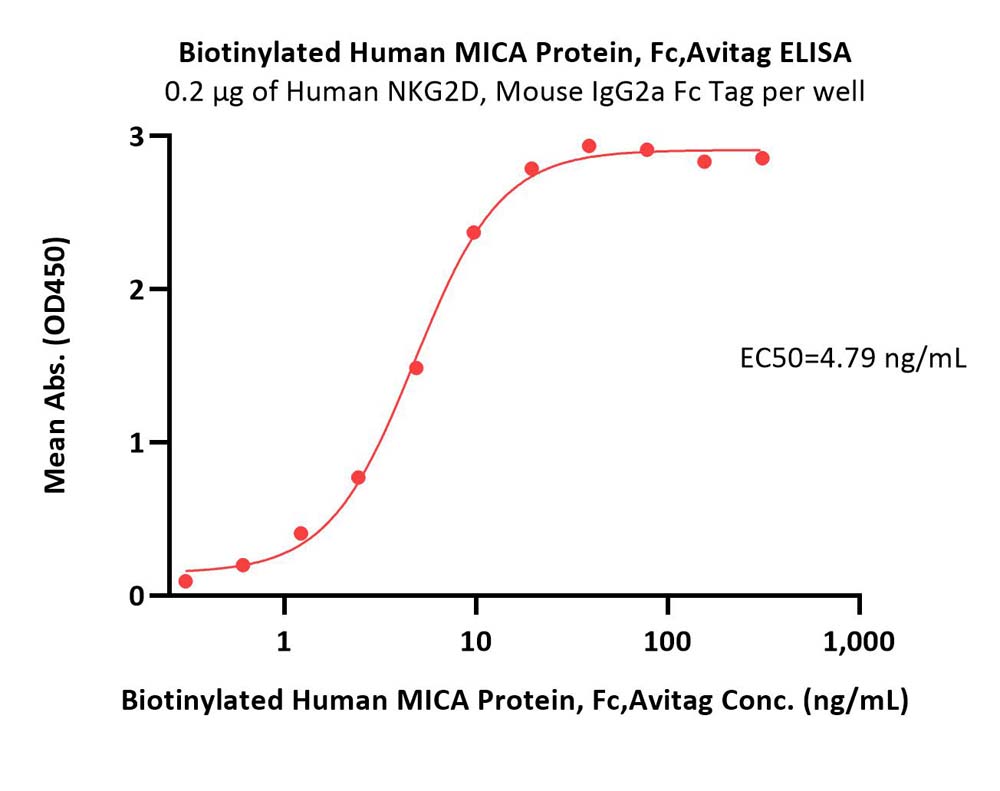Hedonic eating is controlled by dopamine neurons that oppose GLP-1R satietyZhu, Gong, Rodriguez
et alScience (2025) 387 (6741), eadt0773
Abstract: Hedonic eating is defined as food consumption driven by palatability without physiological need. However, neural control of palatable food intake is poorly understood. We discovered that hedonic eating is controlled by a neural pathway from the peri-locus ceruleus to the ventral tegmental area (VTA). Using photometry-calibrated optogenetics, we found that VTA dopamine (VTADA) neurons encode palatability to bidirectionally regulate hedonic food consumption. VTADA neuron responsiveness was suppressed during food consumption by semaglutide, a glucagon-like peptide receptor 1 (GLP-1R) agonist used as an antiobesity drug. Mice recovered palatable food appetite and VTADA neuron activity during repeated semaglutide treatment, which was reversed by consumption-triggered VTADA neuron inhibition. Thus, hedonic food intake activates VTADA neurons, which sustain further consumption, a mechanism that opposes appetite reduction by semaglutide.
Impact of Glucagon-like Peptide-1 Receptor Agonists on Mental Illness: Evidence from a Mendelian Randomization StudyXiang, Peng
Int J Mol Sci (2025) 26 (6)
Abstract: Emerging evidence suggests that glucagon-like peptide-1 receptor (GLP1R) agonists may have potential benefits for mental illnesses. However, their exact effects remain unclear. This study investigated the causal relationship between glucagon-like peptide-1 receptor agonist (GLP1RA) and the risk of 10 common mental illnesses, including attention deficit and hyperactivity disorder, anorexia nervosa, anxiety disorder, autism spectrum disorder, bipolar disorder, major depressive disorder, post-traumatic stress disorder, schizophrenia, cannabis use disorder, and alcohol use disorder. We selected GLP1RA as the exposure and conducted a Mendelian randomization (MR) analysis. The cis-eQTLs of the drug target gene GLP1R, provided by eQTLGen, were used to simulate the pharmacological effects of GLP1RA. Type 2 diabetes and BMI were included as positive controls. Using data from both the Psychiatric Genomic Consortium and FinnGen, we conducted separate MR analyses for the same disease across these two independent databases. Meta-analysis was used to pool the results. We found genetic evidence suggesting a causal relationship between GLP1RA and a reduced risk of schizophrenia [OR (95% CI) = 0.84 (0.71-0.98), I2 = 0.0%, common effects model]. Further mediation analysis indicated that this effect might be unrelated to improvements in glycemic control but rather mediated by BMI. However, the findings of this study provide insufficient evidence to support a causal relationship between GLP1RA and other mental illnesses. Sensitivity analyses did not reveal any potential bias due to horizontal pleiotropy or heterogeneity in the above results (p > 0.05). This study suggests that genetically proxied activation of glucagon-like peptide-1 receptor is associated with a lower risk of schizophrenia. GLP1R is implicated in schizophrenia pathogenesis, and its agonists may exert potential benefits through weight management. Our study provides useful information for understanding the neuropsychiatric effects of GLP1RA, which may contribute to refining future research designs and guiding clinical management. Moreover, our findings could have significant implications for overweight individuals at high risk of schizophrenia when selecting weight-loss medications. Future research should further investigate the potential mechanisms underlying the relationship between GLP1RA and schizophrenia.
A Once-Daily GLP-1/GIP/Glucagon Receptor Tri-agonist (NN1706) Lowers Body Weight in Rodents, Monkeys and HumansFinan, Douros, Goldwater
et alMol Metab (2025)
Abstract: Single molecules that combine complementary modes of action with glucagon-like peptide-1 receptor (GLP-1R) agonism are best-in-class therapeutics for obesity treatment. NN1706 (MAR423, RO6883746) is a fatty-acylated tri-agonist designed for balanced activity at GLP-1R and glucose-dependent insulinotropic polypeptide receptor (GIPR) with lower relative potency at the glucagon receptor (GcgR). Obese mice, rats and non-human primates dosed with NN1706 showed significant body weight reductions and improved glycemic control. In human participants with overweight or obesity, daily subcutaneous NN1706 treatment resulted in substantial body weight loss in a dose-dependent manner without impairing glycemic control (NCT03095807, NCT03661879). However, increased heart rate was observed across NN1706 treatment cohorts, which challenges further clinical development of NN1706.Copyright © 2025. Published by Elsevier GmbH.
A Review of Glucagon-like Peptide-1 in DermatologyPatino, Thomas, Jain
et alJ Clin Aesthet Dermatol (2025) 18 (3), 42-50
Abstract: Glucagon-like peptide-1 (GLP-1) is a hormone produced in response to meal intake by endocrine intestinal cells. GLP-1 binds to its receptors which are expressed on various cells throughout the body. GLP-1 receptors (GLP-1R) have become a target for the treatment of diabetes mellitus and weight loss, and GLP-1 receptor agonist (GLP-1RA) use has become more common among patients. In addition to the anti-hyperglycemic effects, recent studies have exhibited anti-inflammatory effects of GLP-1RAs. Current research surrounding GLP-1Rs and GLP-1R agonism in dermatology is limited. This review aims to describe the current knowledge of GLP-1Rs and GLP-1RA use in dermatology and suggest future directions.A literature search focused on GLP-1RAs and their effect on cutaneous disease processes was performed across various databases. The databases were searched through May 2024.The use of GLP-1RAs have shown promising anti-inflammatory effects and improvement in wound healing, psoriasis, and hidradenitis suppurativa. Several cutaneous adverse reactions to GLP-1RAs were also identified with injection site pruritus, erythema, and rash being the most commonly reported.Current literature is limited to case reports and small-scale studies.The literature suggests anti-inflammatory effects of GLP-1RAs may provide direct benefit in the treatment of dermatologic conditions independent of glucose control in addition to indirect improvement via modulation of blood glucose and weight loss. Further studies investigating the implications of GLP-1RA use and the possible therapeutic potential of GLP-1RAs in inflammatory skin conditions are warranted.Copyright © 2025. Matrix Medical Communications. All rights reserved.




























































 膜杰作
膜杰作 Star Staining
Star Staining
















